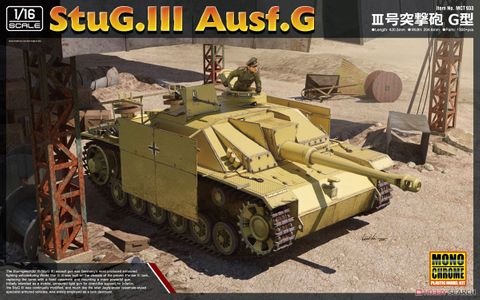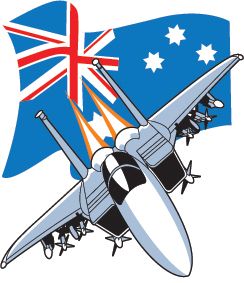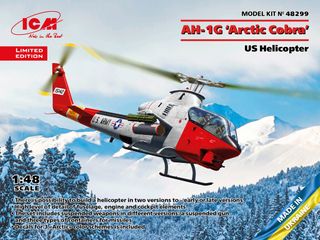
Description
1/16 STURMGESCHUTZ III G TYPE
StuG III Ausf.G / Sturmgeschütz III / Sd.Kfz. 142
From Monochrome
1/16th scale
Kit No #MCT933
Five marking choices inside the kit
Overall length 420.5mm / Overall width 204.6mm
Approximately 1300 parts, plastic, clear, photo-etch & wire cable.
The Subject: The StuG III Ausf.G / Sturmgeschütz III / Sd.Kfz. 142
Sturmgeschütz (or StuG) meaning "assault gun" was a simple derivative of the Panzer III signed for infantry support, but it ended as one of the most important German vehicles of WWII. With its low profile form and its relatively low cost, it was the real warhorse of the Wehrmacht, shifting from a close support vehicle to a tank-hunter, soldiering without interruption anywhere from North Africa to Europe and Russia. The crews loved it because of its low profile and good armour, and the infantry it was supporting was grateful for its firepower and availability.
The Ausführung G model stood apart from the other production versions. It was, in essence, the main production run for the entire StuG series, with more than 8400 rolling of the line from December 1942 to April 1945, equivalent to the total production of all Panzer IV types combined.
Simplification and standardization helped to further reduce costs and delays. The main superstructure was simplified. The side sloped armoured boxes were eliminated, and the casemate sides were extended half through the mudguard width. This extra storage allowed to store even more rounds. The engine/fighting compartment rear wall was strengthened, the ventilation fan relocated further back and appliqué armour was standardized. Furthermore, the upper MG 34 was factory-fitted, protected by a guard for the operator's protection.
By March 1943, simplification pushed to drop the driver’s periscope. Metal return rollers were also required due to the lack of rubber. The main gun was unchanged, and in June 1944, it received a coaxial MG 34. Another big change was the adoption of a rotating cupola with periscopes, later replaced by a fixed, welded one, because of the sudden shortage of ball bearings. These had shot deflectors generalized by February 1944. Zimmerit anti-magnetic coating was factory applied for just a year, from September 1943 to September 1944.




